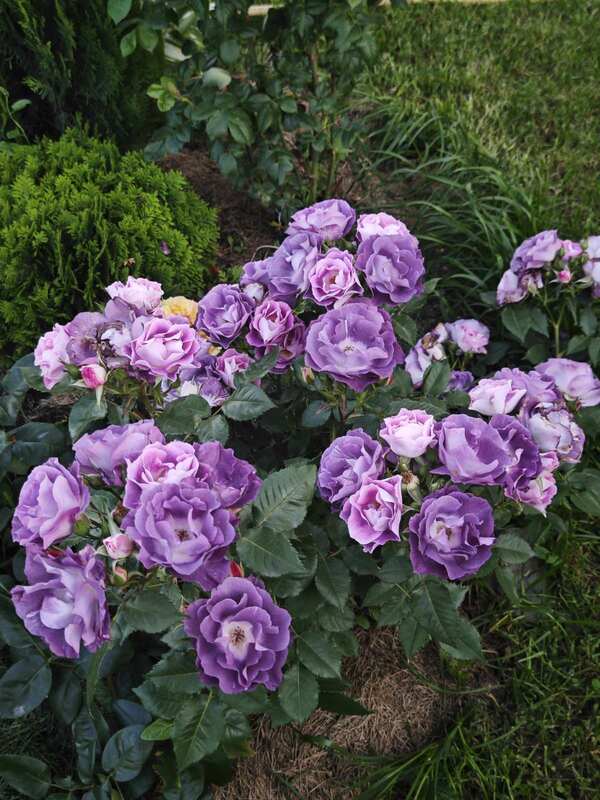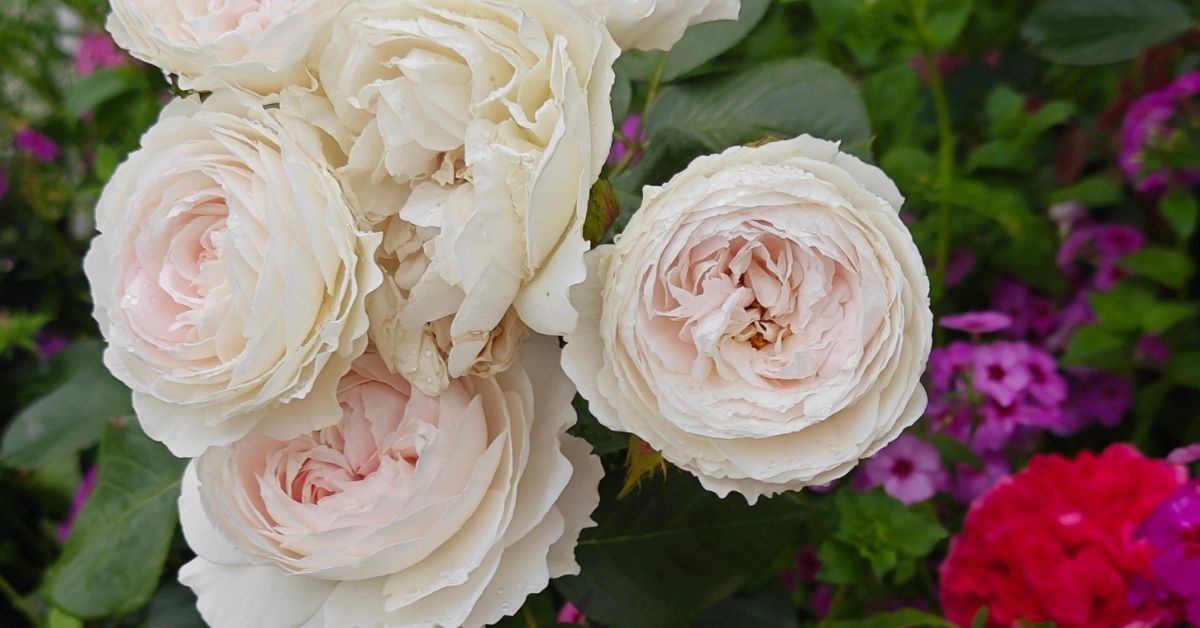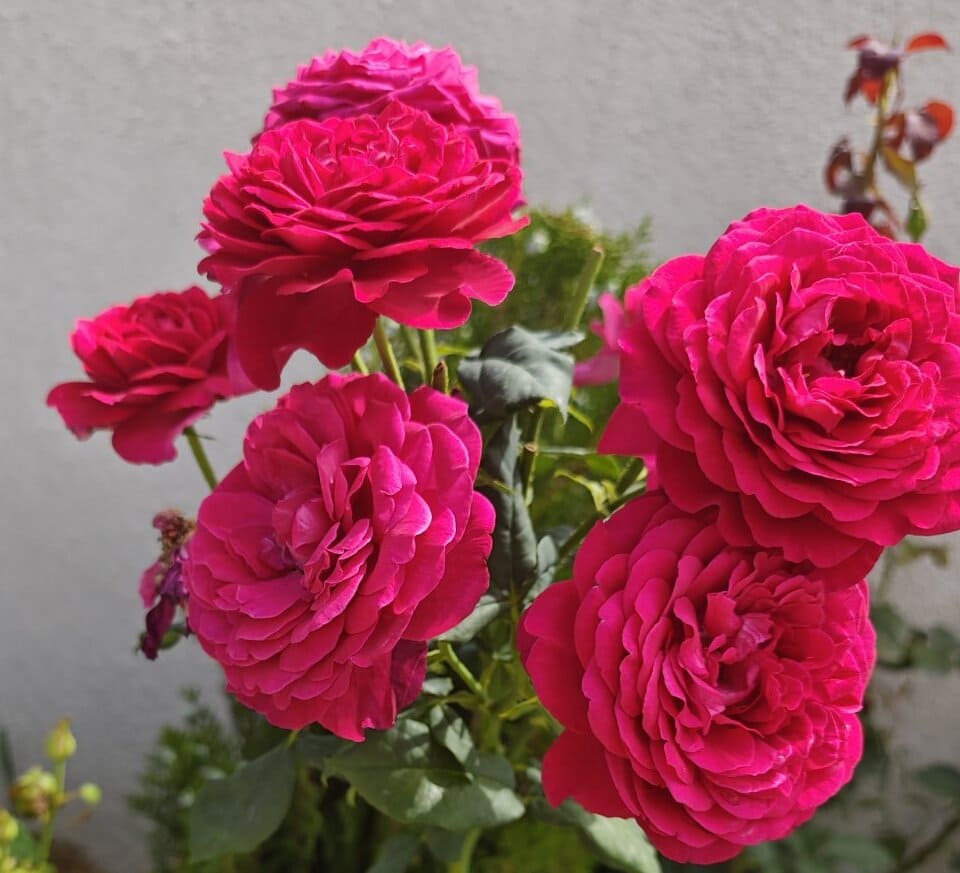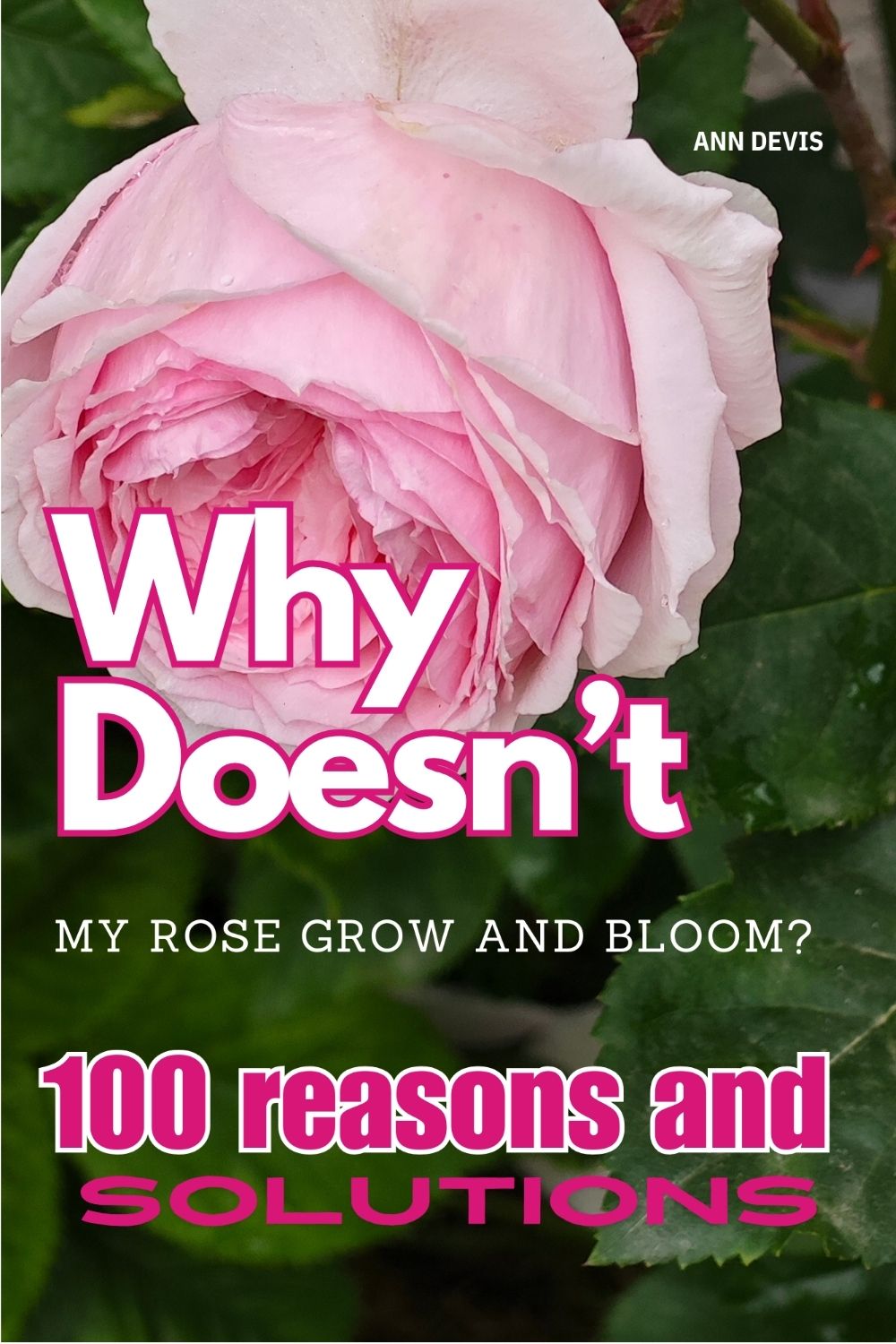Rose pruning
Learn the art of rose pruning with practical advice on the best time to prune roses and effective techniques. With these step-by-step tips, enhance your garden’s health and ensure vibrant blooms!
7 Pruning Techniques for Floribunda Roses
Discover 7 expert pruning techniques for floribunda roses to boost blooms and maintain healthy growth. Perfect your rose care routine with these easy, effective tips!
7 Essential Tips for Pruning Hybrid Tea Roses for Optimal Growth
Expert tips on hybrid tea rose pruning to encourage vibrant blooms and healthy growth. Learn the best techniques for optimal results!

When and How to Prune for Beautiful Blooms Next Season
A Guide to Prune Climbing Roses for Breathtaking Blooms
Unlock the secrets to breathtaking blooms with our guide to pruning climbing roses. Learn the best techniques, timing, and tools to shape, rejuvenate, and enhance your rose plants for a stunning display year after year. Perfect for both beginners and experienced gardeners!

Get Your Free Lunar Gardener's Calendar 2025!
Join the Lunar Gardening Revolution! Subscribe now to receive our exclusive Free Lunar Gardener’s Calendar for 2025. Harness the power of the moon to optimize your planting, nurturing, and harvesting.
Some Rose pruning tips you should know
01.
Choose the Right Time
For most rose varieties, late winter or early spring is ideal for pruning, just before new growth starts. This timing encourages a strong bloom season. In warmer climates, prune as soon as you notice buds beginning to swell.
02.
Use Clean, Sharp Tools
Always use sharp, clean pruning shears to make clean cuts. This helps avoid damage and reduces the risk of disease. Also, consider disinfecting your tools between plants to prevent cross-contamination.
03.
Cut at a 45-degree Angle
Make cuts at a 45-degree angle just above an outward-facing bud. The angled cut helps water runoff, reduces the chance of rot, and encourages outward growth for an open, airy shape.
04.
Remove Weak and Damaged Wood
First, remove any dead, damaged, or weak stems. Thin out spindly or crossing branches to improve airflow. This helps prevent disease and encourages the rose bush to focus energy on healthy, productive stems.
05.
Don't Over-Prune!
While pruning is essential, avoid cutting too much of the plant. Leave at least one-third of the healthy branches for hybrid teas and other bush roses. Over-pruning can stress roses and reduce blooms.

How to Prune Roses After the First Bloom
Learn how to prune roses after the first bloom to encourage more vibrant, healthy growth all season long. Discover essential tips, tools, and techniques for beautiful, thriving rose bushes.




